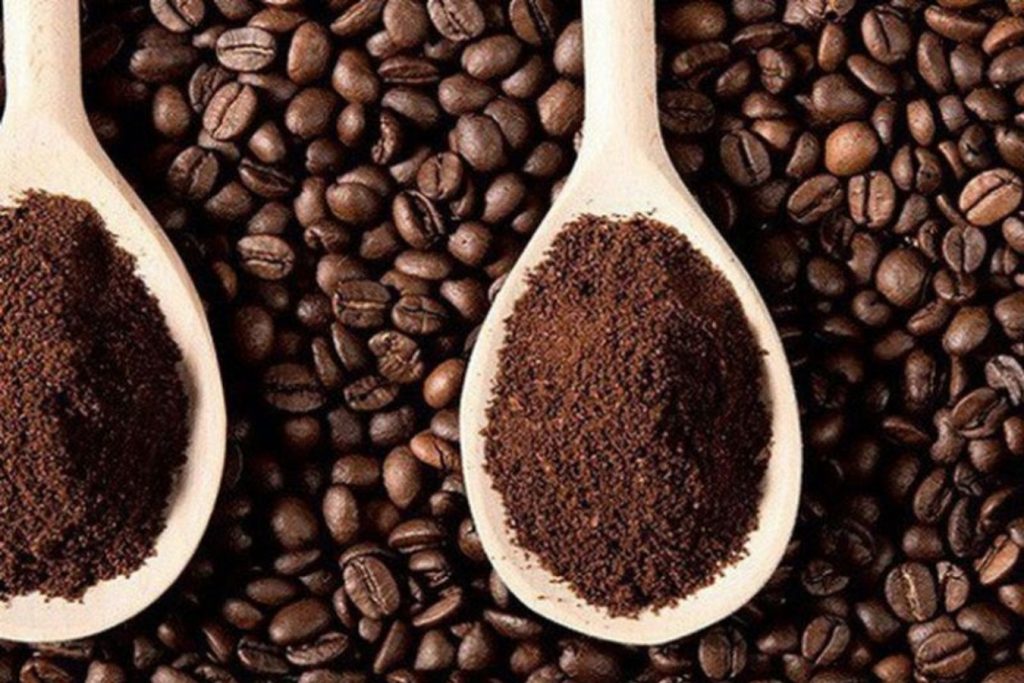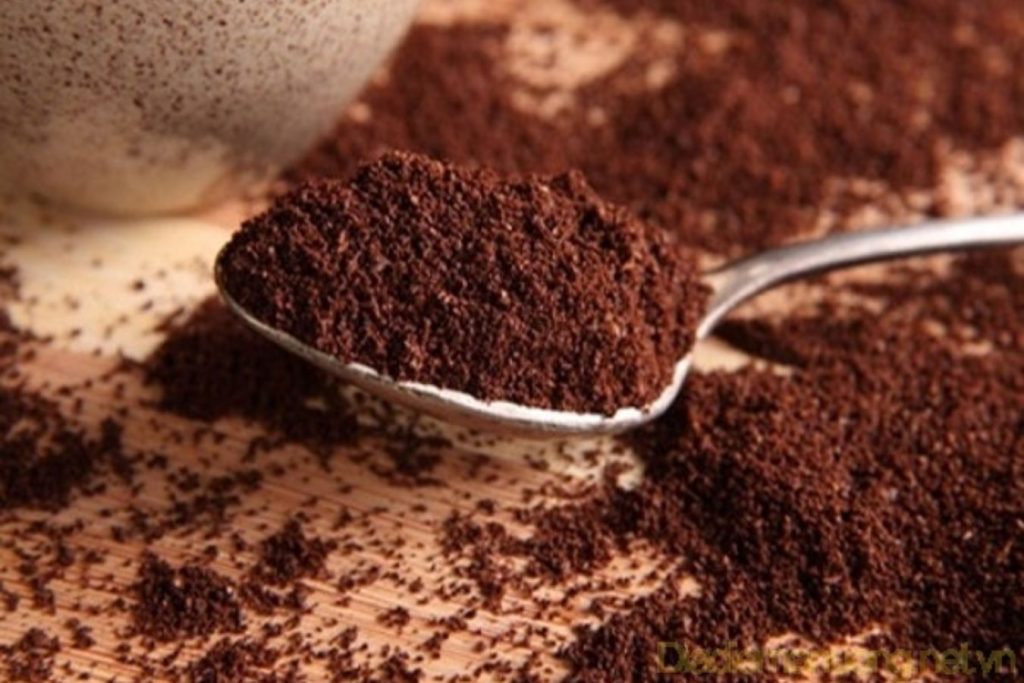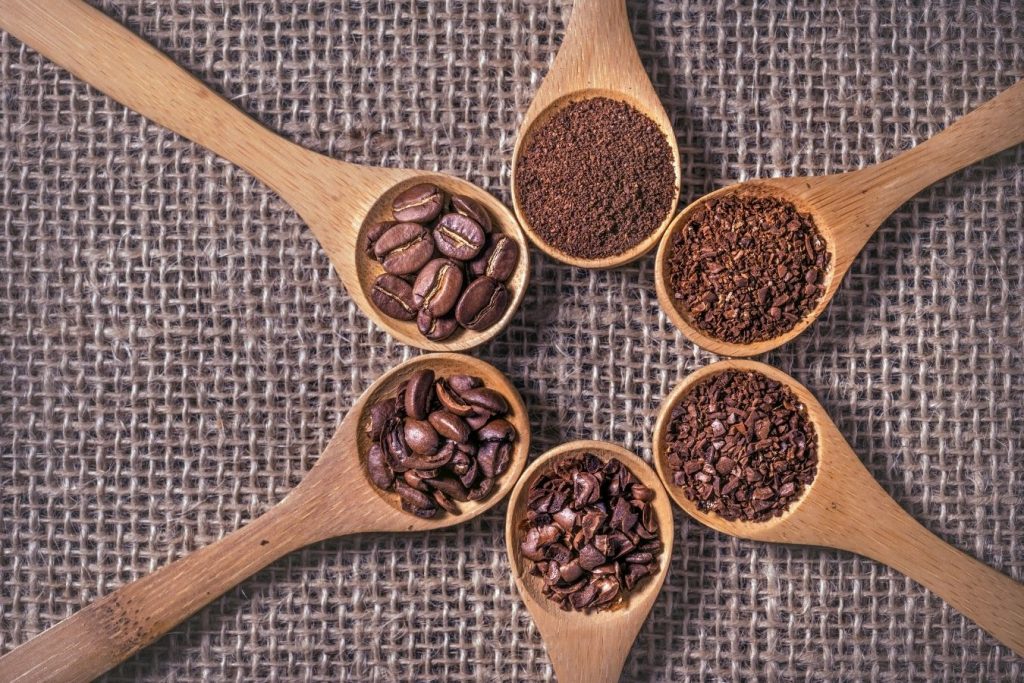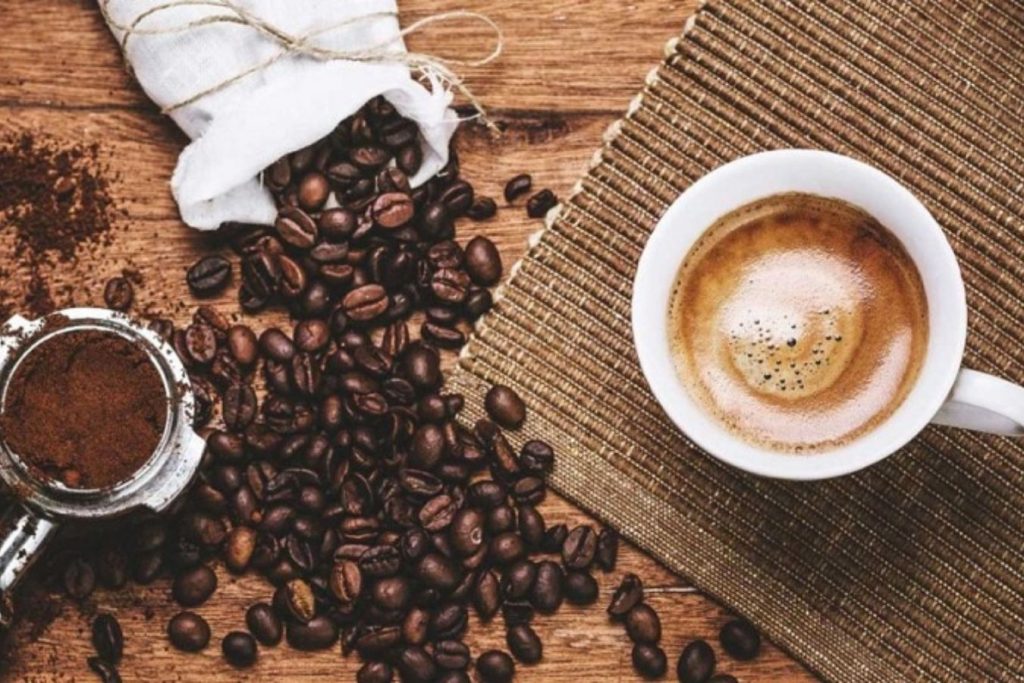
How To Brew Guide To Medium Roast Coffee: When you consider how many different coffee brewing techniques there are, it can be difficult to choose the best one. According to whatever roast profile they work well with, we have included some of the most typical and well-liked coffees.
What is medium roast coffee?
The process of turning green coffee beans into roasted ones is called coffee roasting. Looking at the color and texture of the roasted coffee beans is the simplest way to distinguish between various roasts.
Coffees with a medium roast have a medium brown hue and no oil on the bean’s surface. A medium roast typically has more body and a balanced acidity than a light roast and tends to be sweeter. This is the lovely outcome of the natural coffee flavors blending with a consistent, smooth flavor.
Where does medium roast coffee come from?
If you haven’t noticed, the world of coffee has changed recently. Around the globe, “Specialty Coffee” cafes have popped up, providing carefully curated menus of small-batch roasted beans.
This shift in coffee culture can be attributed to advancements in coffee science and technology. Due to better farming methods, higher quality coffee has become more widely available, and roasting methods have developed to meet the task of doing the beans justice.
The first excursion into the world of roasting to taste was the roasting method currently known as medium roast. We were able to taste the coffee bean’s original qualities without the burnt flavor of the roast thanks to the less intense roasting.
While dark roast continued to be the standard, this new method of roasting gained enormous popularity in several regions of the world. Eventually, roasting techniques became even lighter, giving rise to the term “light roast.”
In an effort to spread the potential of delicate, natural coffee flavors, many specialty coffee shops only serve medium- to light-roasted coffees. For those who prefer dark roast, medium roast serves as a “gateway coffee” under these circumstances since it combines that flavor with intriguing nuances of fruits, nuts, and grains.
How much caffeine is in coffee with a medium roast?
The misconception is that medium roast coffee beans retain more caffeine since they have been roasted less.
The difference in caffeine content across roasts is negligible.
The amount of caffeine depends significantly more on how you make your coffee. More coffee equals more caffeine. Although you drink less espresso style coffee, it uses more beans and has a higher caffeine content per ounce. If you want to increase the amount of caffeine in your coffee, consider brewing it with extra coffee beans or adding a shot of espresso.
See our blog postings about coffee being too sour or too bitter if you’ve been attempting to make your coffee stronger and are dissatisfied with the results!
Is coffee with a medium roast less acidic?
When it comes to acidity, medium roast coffees are approximately average, although it actually depends on the coffee’s origin. They don’t taste as sour or acidic since they have a lower perceived acid content than light roast coffees.
Medium roast is a fun coffee to go back to because of its diverse variety of acidic flavors.
We have a naturally low acid dark roast if you’re seeking for low acid coffee.
Because it avoids the chemical reaction that produces acid from the beans, cold brew coffee has a tendency to have lower acid levels. For a medium roast coffee user looking for less acid, cold brewing is also a fantastic brew choice.
How To Brew Guide To Medium Roast Coffee: Light, medium, and dark
 In speciality coffee, the term “coffee extraction” is frequently used, but what does it actually mean?
In speciality coffee, the term “coffee extraction” is frequently used, but what does it actually mean?
It virtually has the same meaning as “brewing” in its most basic sense, but there is a big difference:
When “normies” prepare coffee, they do it the conventional way: measure X number of scoops, add a predetermined amount of water to the drip coffee maker’s reservoir.
By using this method of brewing, you are only in charge of the evident coffee to water ratio and not the other extraction characteristics. You just need this option in order to control the strength (TDS) and extraction yield (the percentage of solubles pulled from the coffee grounds into the final brew). However, it is debatable how much control the average person actually has over this parameter because they rarely use a scale and are unaware of extraction theory.
On the other side, you discover that you can manage a variety of various parameters as you grow geekier and start getting into pour over coffee (or other manual ways). For illustration:
- Grind size: You can extract more solids from coffee beans by grinding them more finely.
- Water temperature: The more you can extract, the higher the temperature
- Agitation: By stirring the slurry, you can get a better extraction.
- Brewing period: More solubles can be extracted from coffee with a longer contact time between the two.
- Height and speed of the pouring: substance in agitation. The mouthfeel of dispersion screens might vary.
- Ratio of coffee to water: A solvent is water. More substance will be drawn out of the beans as you pour more water through the coffee grounds. The percentage of extraction yield is raised as a result. But it also thins out the finished coffee beverage. Therefore, the cup may contain less TDS even though the extraction yield is higher.
- Chemistry of Water: Different minerals in the water can be extracted in different ways. Acidity, which underlies many of the usual tastes in light roast coffees, can also be blocked by high alkalinity. Although technically not related to extraction, this component still has a big impact.
How To Brew Guide To Medium Roast Coffee
How To Brew Guide To Medium Roast Coffee
